
So you've got a new pair of sneakers, but there's a problem: they feel a bit too roomy. Maybe you accidentally bought a size up, or perhaps the fit just isn't quite right for your feet. Whatever the reason, wearing sneakers that are too big can be uncomfortable, lead to blisters, and even impact your stability and gait. But don't despair! Before you relegate those shoes to the back of your closet, consider a simple yet effective solution: insoles.
Choosing the right insole can transform oversized sneakers into a comfortable, well-fitting pair. It's not just about filling space; it's about providing the proper support and cushioning to make your footwear feel custom-made.
Why Sneakers Feel Too Big – Common causes include sizing inconsistencies, stretched-out materials, naturally narrow feet, or the absence of half-size options.
How Insoles Improve Fit – Insoles occupy excess space, offer enhanced arch support, boost stability, and improve cushioning for better shock absorption.
Selecting the Perfect Insoles – Key considerations include thickness, choosing between full-length or heel-only inserts, material options, and level of arch support.
Best Insoles for Oversized Sneakers – Recommended choices include memory foam insoles, gel-based inserts, heel pads, and orthotic supports.
How to Use Insoles Properly – Steps involve removing original insoles, cutting to size, positioning correctly, and checking for comfort.
Why Do Shoes Feel Too Big?
Before diving into the solutions, it's helpful to understand why shoes might feel loose. Here are a few common reasons:
Size Variations – Shoe sizes vary between brands, which can complicate finding an ideal fit.
Stretching Over Time – Certain materials, such as leather, stretch out with regular use.
Narrow Feet – If your feet are naturally slender, even a shoe that's the correct length might still feel too roomy.
Half Sizes Aren't Available – Sometimes, certain brands just don't offer half sizes, forcing you to pick a slightly bigger option.
Now that we've identified the problem, let's explore the most effective solution: using insoles to make your shoes fit more snugly.
How Do Insoles Work?
Insoles, also called footbeds or shoe inserts, are crafted to deliver cushioning, support, and stability to your feet. They help fill extra space in shoes, ensuring a snug fit and preventing foot slippage. Additionally, insoles enhance shoe comfort by alleviating pressure points and absorbing impact.
One of the primary ways insoles function is by redistributing weight and pressure across your feet. When your shoes are too large, your feet might not get the proper support they need, which can lead to discomfort and potentially even foot problems. Insoles counteract this by offering a cushioned surface that molds to the unique shape of your feet, thereby ensuring proper alignment and support.
Insoles also function by providing an additional layer of cushioning, which absorbs shock during walking or physical activities, lessening the strain on your feet and joints. Insoles with enhanced arch support further improve balance and posture, counteracting the issues caused by wearing oversized shoes.

Choosing The Right Insole For Shoes That Are Too Big
Not all insoles are identical in design or function. Some prioritize comfort, while others aim to improve shoe fit. Here’s what to consider when choosing the best insoles for this purpose:
1. Thickness Matters
A thicker insole will more effectively decrease the internal shoe space. Seek options crafted from memory foam or gel for enhanced cushioning.
2. Full-Length vs. Heel Inserts
Full-length insoles are ideal for shoes that feel loose throughout.
Heel inserts are effective when shoes slip at the back but fit well elsewhere.
3. Material Choices
Memory foam adapts to your feet for a personalized fit.
Gel insoles offer excellent impact absorption.
Leather insoles provide stability with a premium, comfortable feel.
4. Arch Support
If your shoes feel too loose and lack support, choose insoles with integrated arch support to ensure proper foot alignment.
Best Insole For Shoes That Are Too Big
Insoles come in various types to meet diverse needs and preferences. The most prevalent options include:
1. Arch support insoles: These insoles are crafted to offer additional support to the arch of your foot. They promote even weight distribution and alleviate arch strain, making them especially helpful for those with flat feet or high arches.
2. Cushioning insoles: These insoles prioritize enhanced cushioning and impact absorption. They are perfect for those involved in high-impact activities or who stand for extended periods.
3. Orthotic insoles: These insoles are tailored to tackle specific foot conditions or alignment problems. Often prescribed by medical professionals, they help correct foot imbalances and reduce discomfort.
4. Gel insoles: Crafted from soft gel material, these insoles offer superior cushioning and impact absorption. Renowned for their comfort, they are an excellent choice for those with sensitive feet.
Proper Way To Insert Insoles Into Your Shoes
Once you've chosen the right insoles to make your oversized sneakers fit perfectly, knowing how to insert them correctly is key. Follow these simple steps to correctly insert your new insoles:
1. Remove current insoles: If your shoes have removable insoles, extract them before adding the new ones. If the insoles are fixed, place the new insoles directly over them.
2. Trim if necessary: If the insoles are too long for your shoes, cut them to size with scissors. Use the guidelines included with the insoles or trace the original insoles as a guide.
3. Insert the insoles: Position the insoles inside your shoes, making sure they are properly aligned and span the full length of the shoe. Press them down securely to ensure they stay in place.
4. Adjust the fit: Wear your shoes and assess the fit. If needed, adjust the insoles further or trim them to achieve a more comfortable fit.
5. Test for comfort: Walk in your shoes to evaluate comfort. If you feel any discomfort or the fit seems off, consider experimenting with a different type or size of insoles.
Common Myths About Using Insoles for Shoes That Are Too Big
There are a few common misunderstandings about using insoles for shoes that are too big. Let's clear up some of these myths:
1. Insoles shrink your shoes: Insoles don’t truly alter your shoe size. They occupy extra space to create a tighter fit. If your shoes are much larger than your feet, insoles might not fully address the issue.
2. Insoles cause discomfort: Although adjusting to insoles may take time, they are typically crafted for comfort. Selecting the appropriate type and size of insoles can significantly improve your shoes' overall comfort.
3. Insoles are only for people with foot problems: Insoles aren't just for those with specific foot conditions. They can genuinely benefit anyone whose shoes are too big by improving the fit, comfort, and support.
4. Insoles are a permanent fix: Insoles offer temporary relief and a better fit for oversized shoes, but they aren't a permanent solution. If your shoes are consistently too large, it's probably worth considering buying the correct size instead.
Final Thoughts
Finding the perfect shoe fit doesn't have to be a struggle. If your favorite pair feels a bit too roomy, using insoles to make shoes tighter offers a simple and effective fix. Whether you're looking for the best insoles for shoes that are too big or simply aiming to make shoes feel smaller, choosing the right option can transform an uncomfortable fit into a perfectly snug one.
With high-quality insoles like PCSsole, you can enjoy better comfort, improved stability, and a more secure fit. Use our Insole Finder to help you find the right insoles for you and walk with confidence.


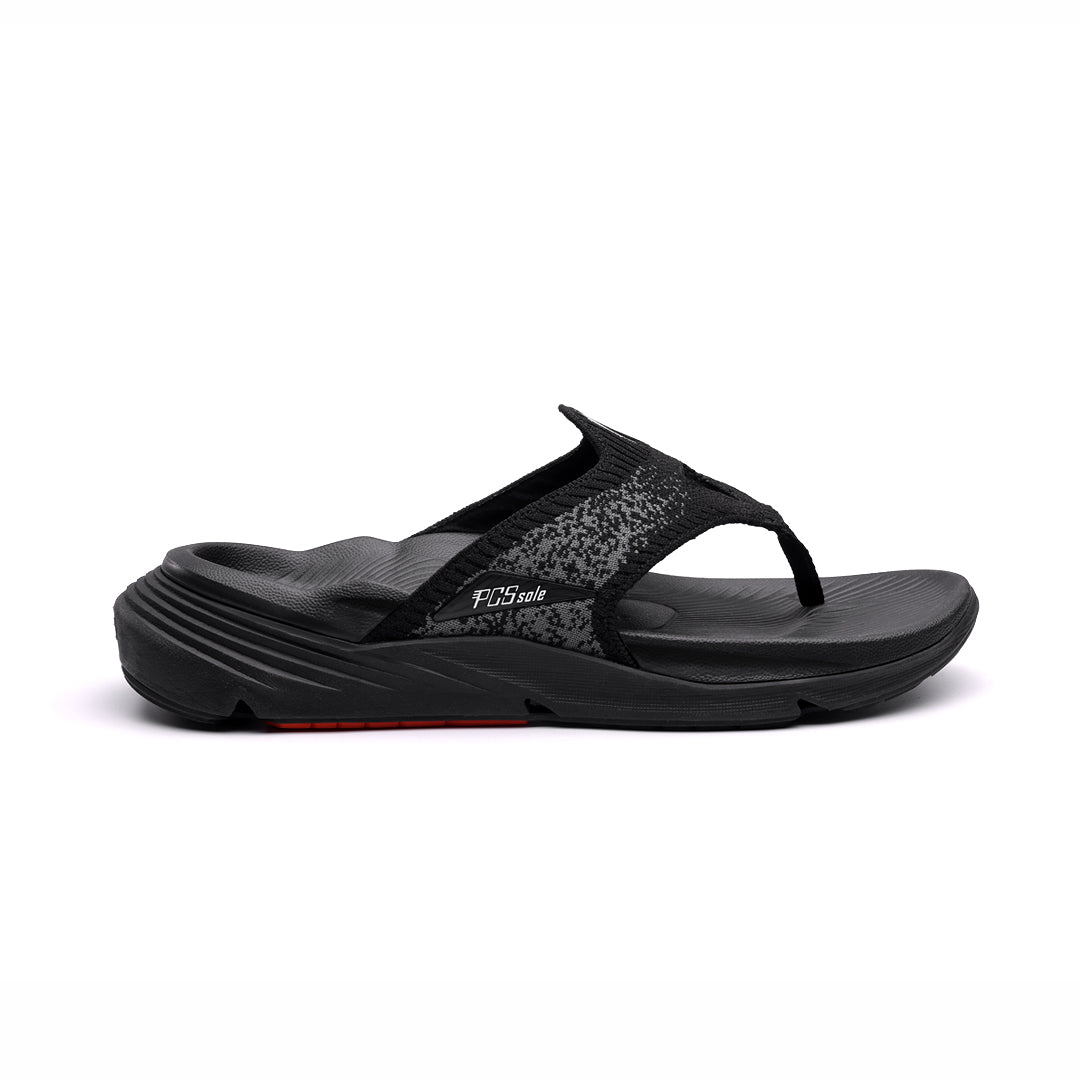
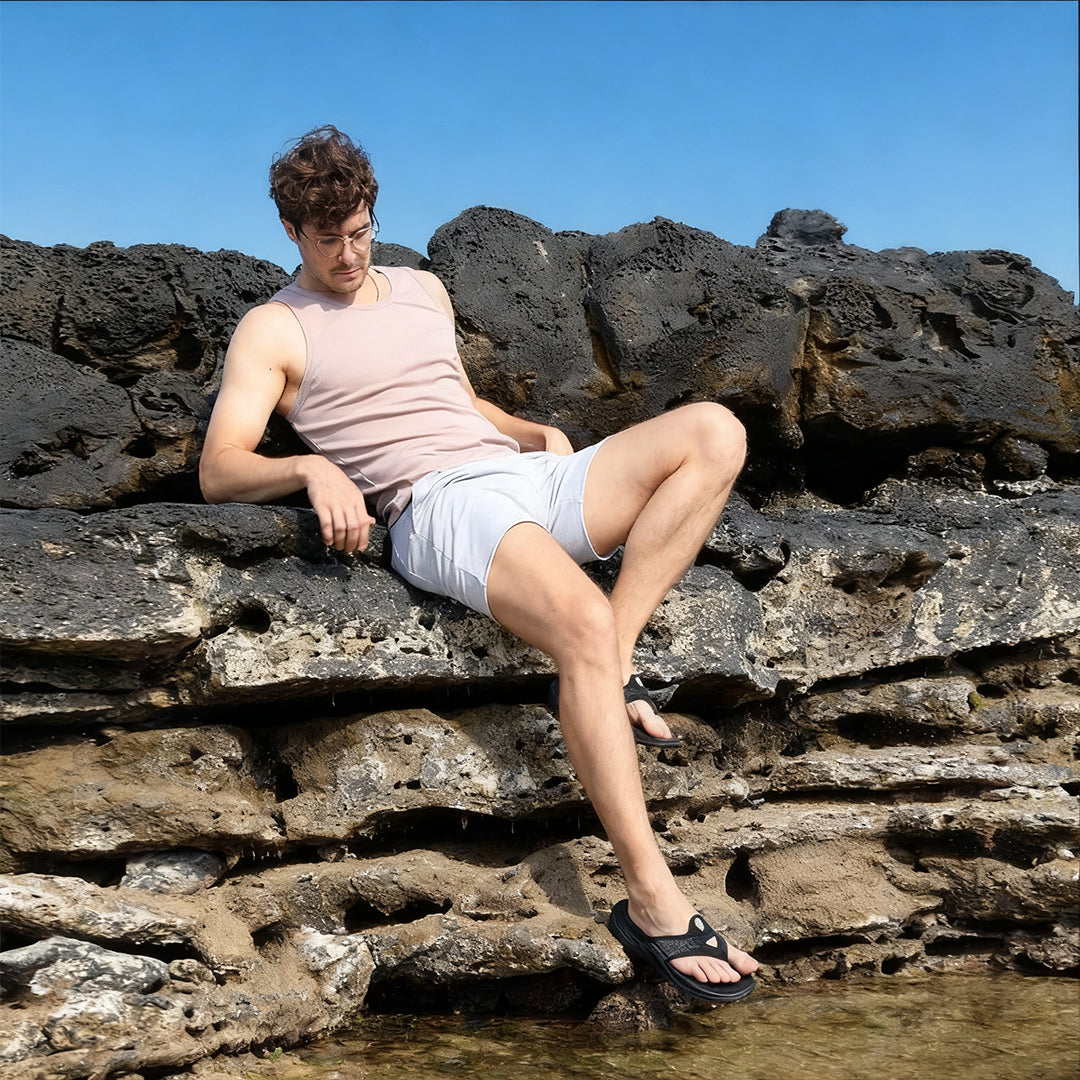
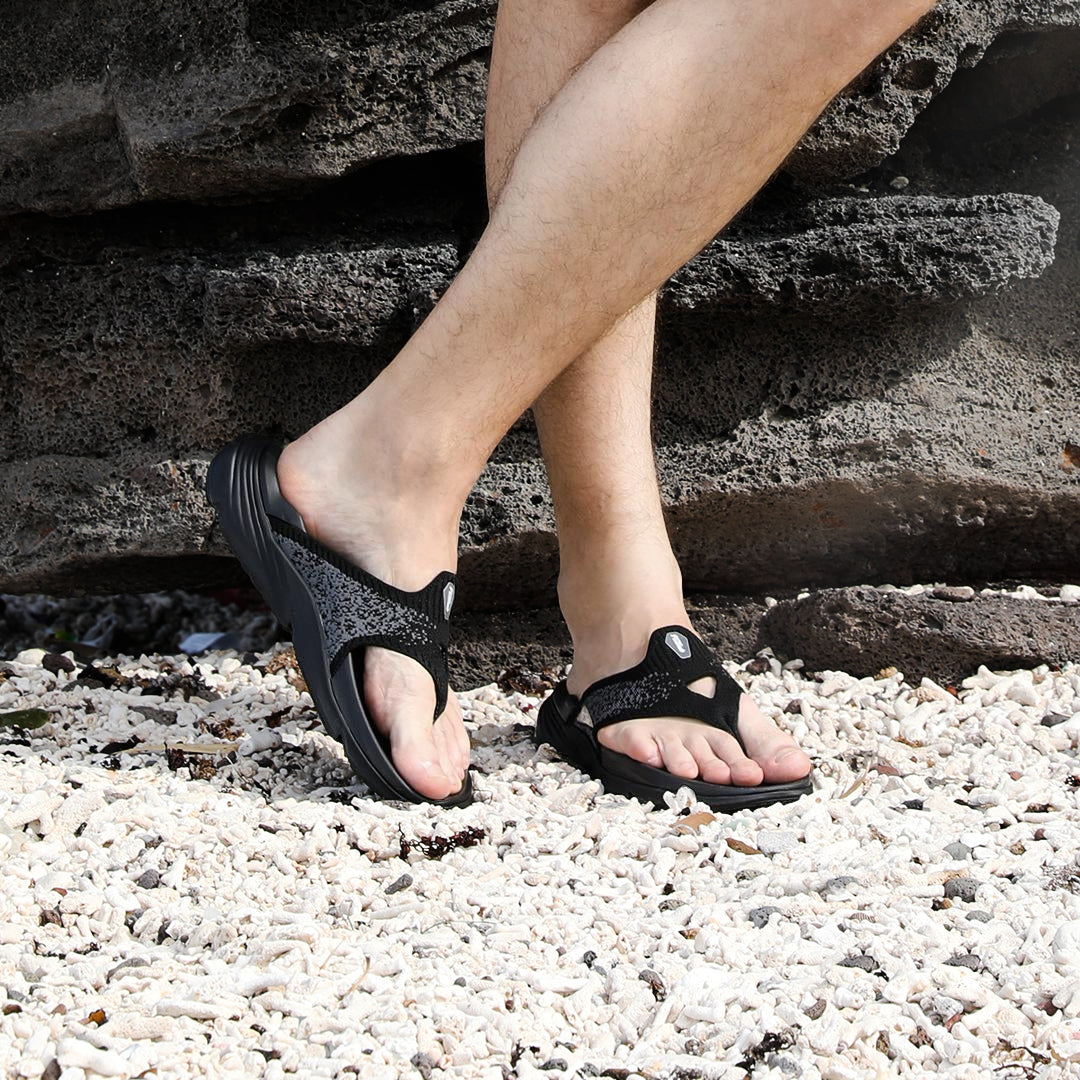
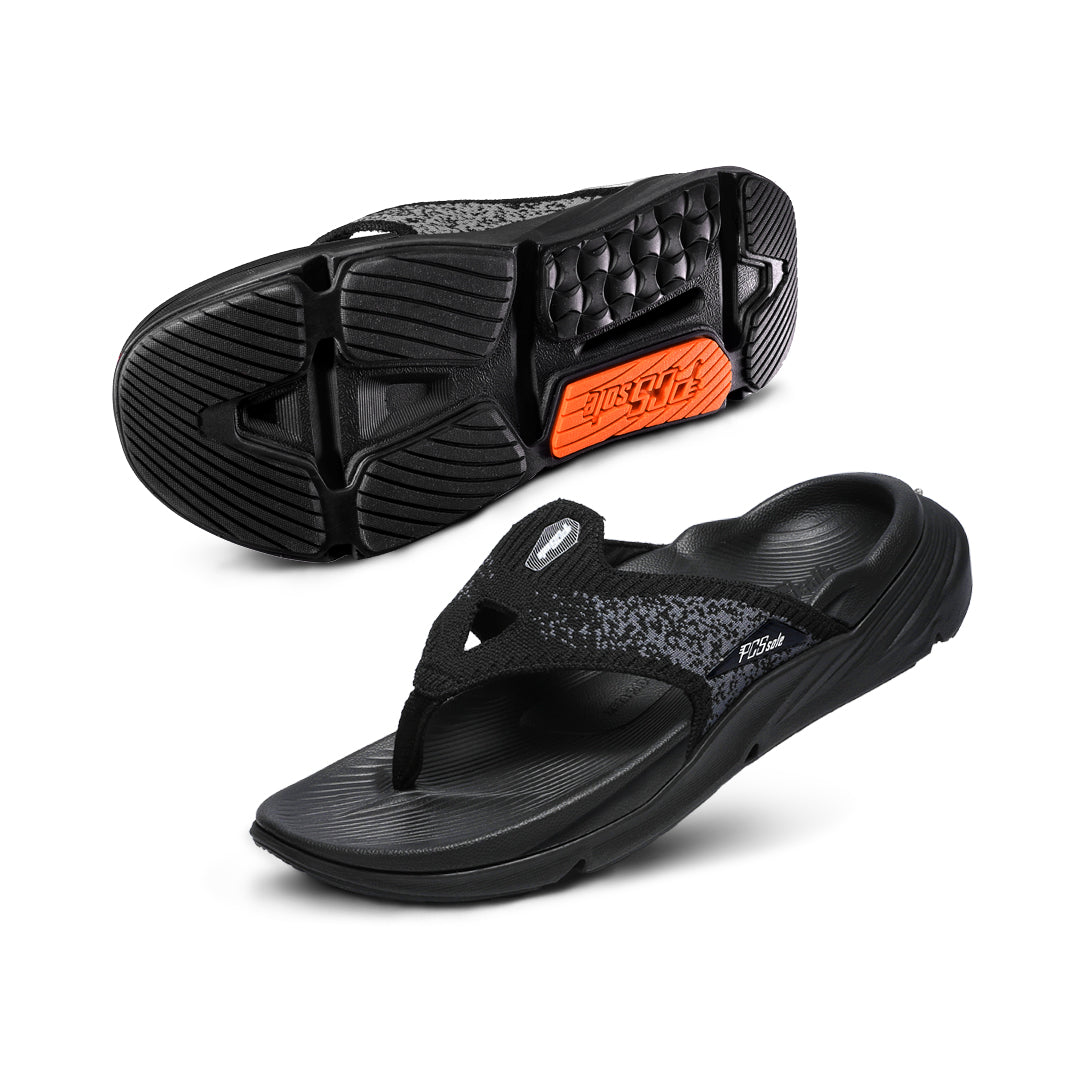
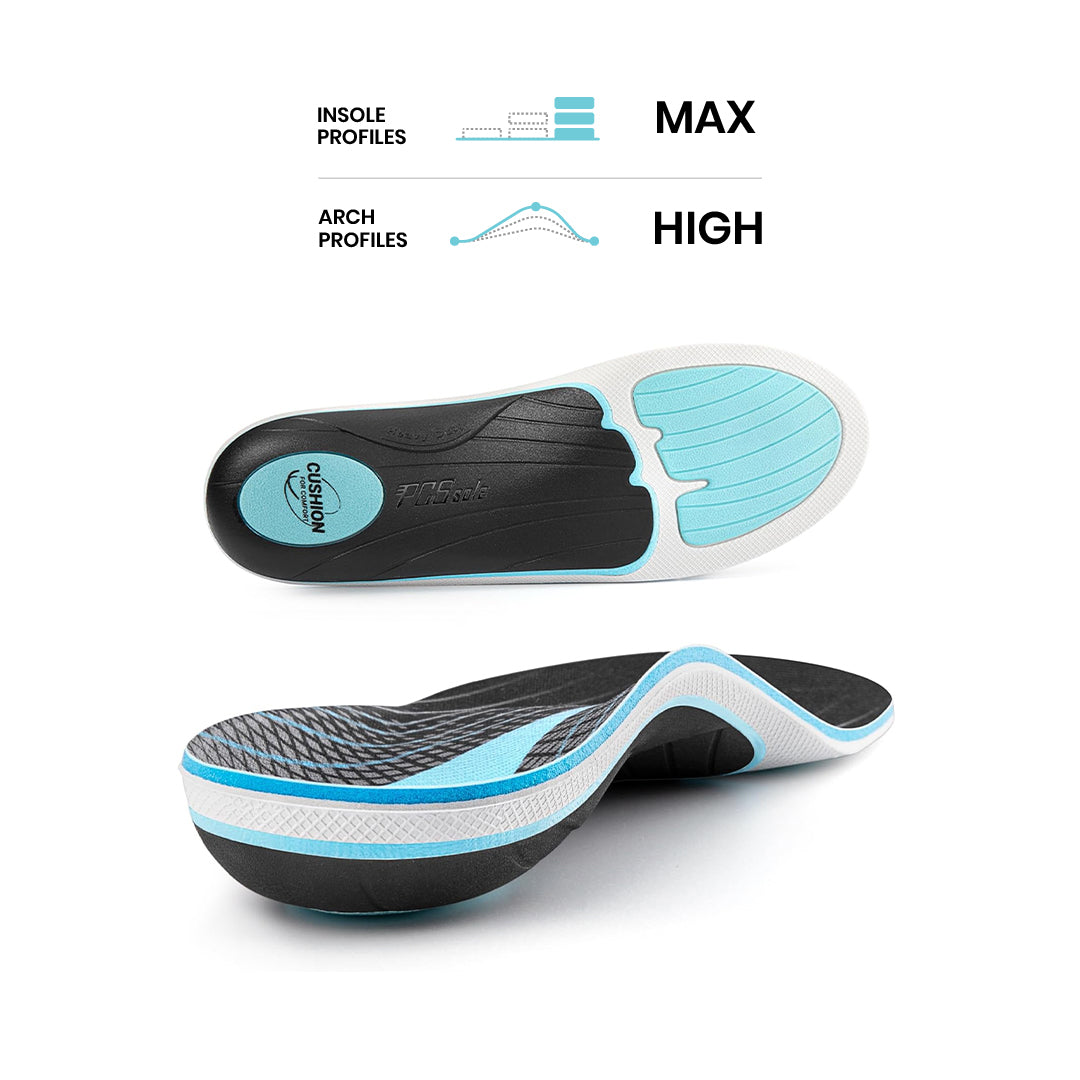
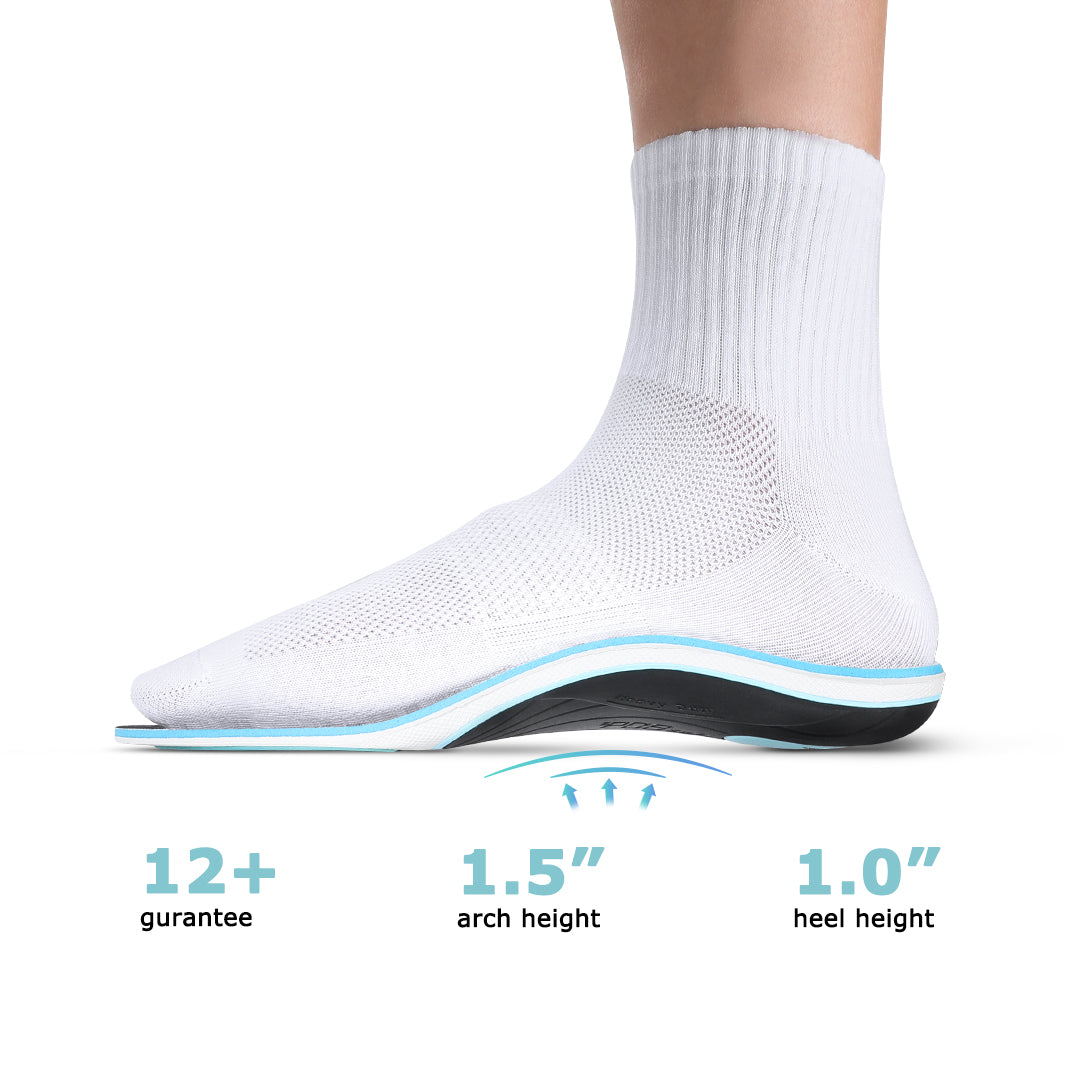
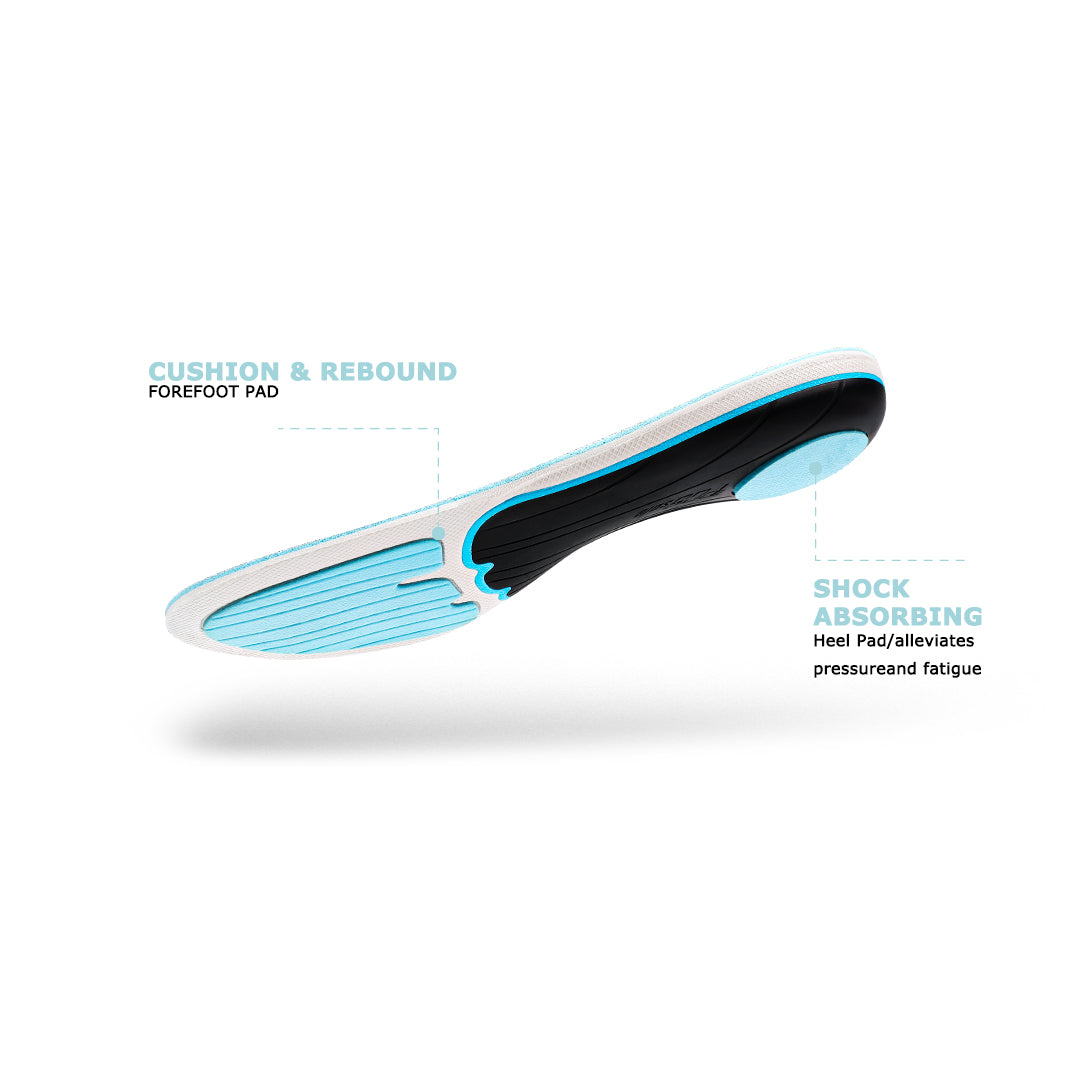
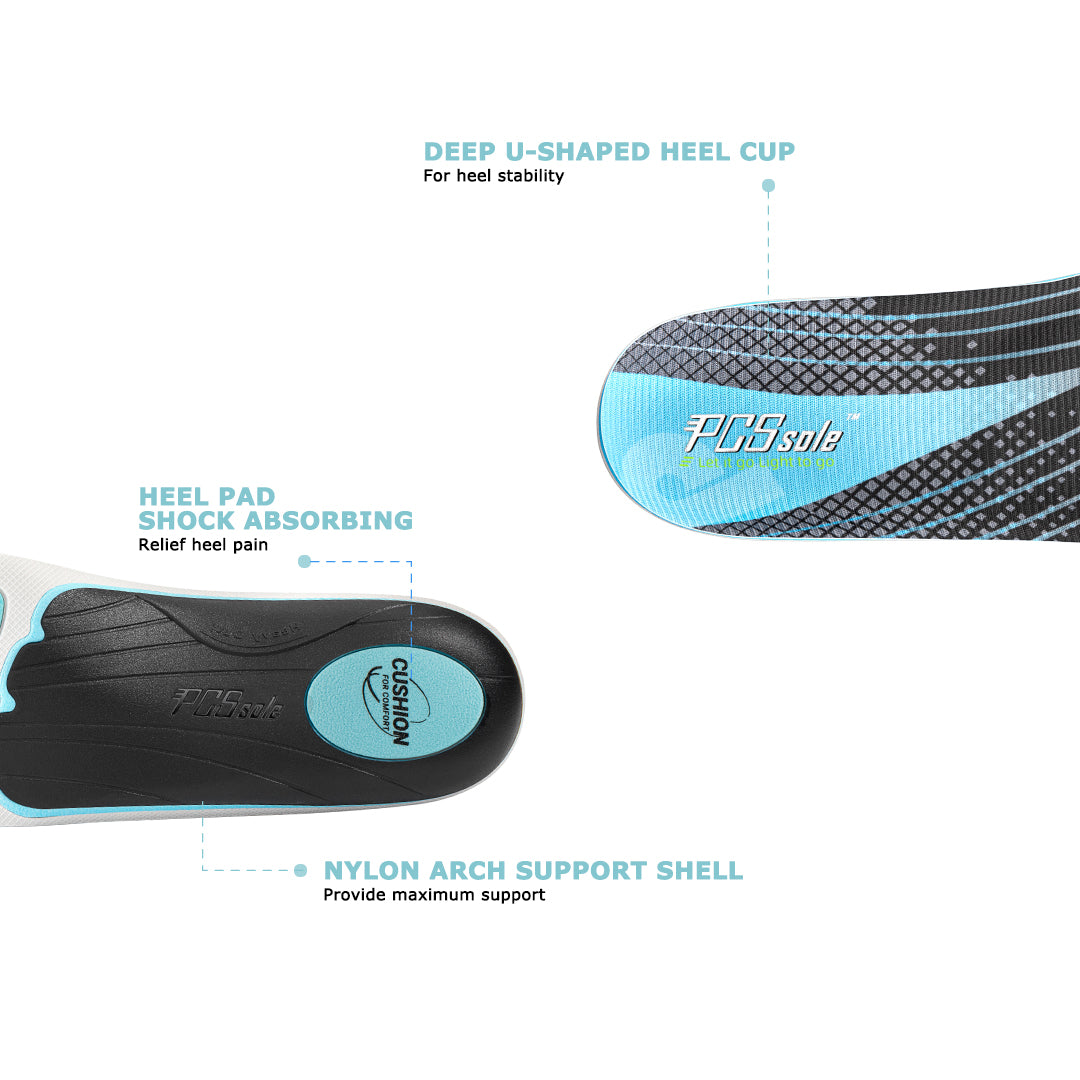
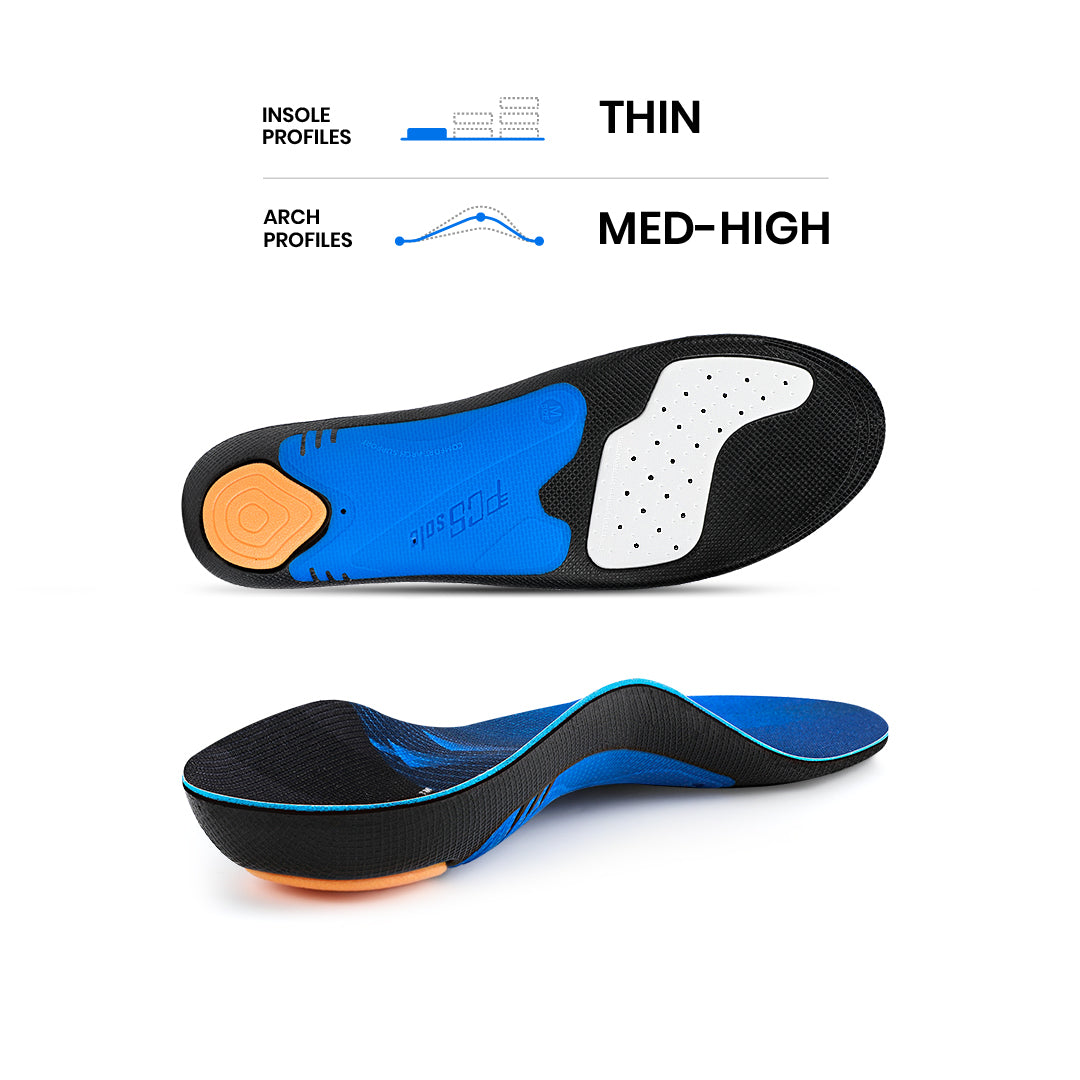
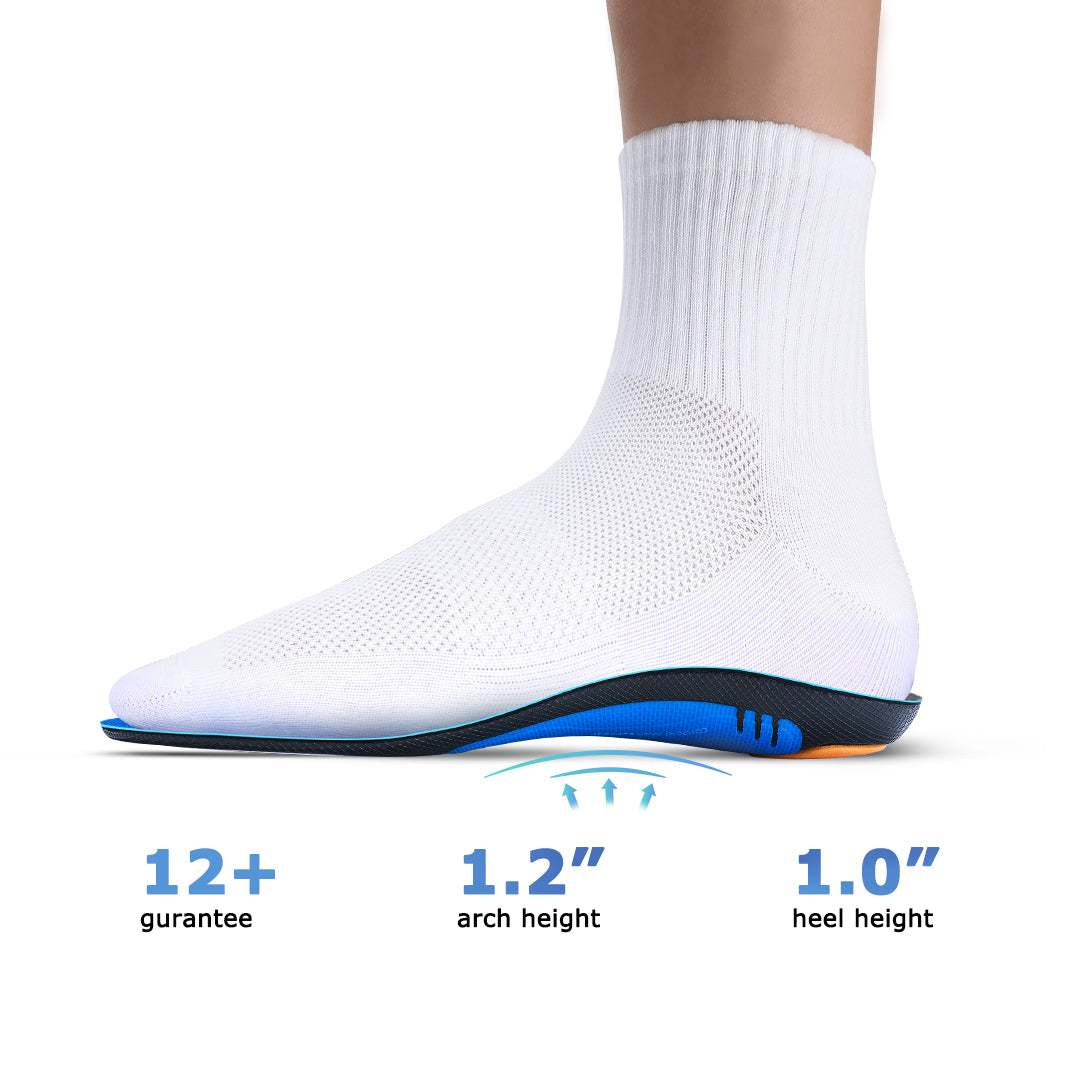
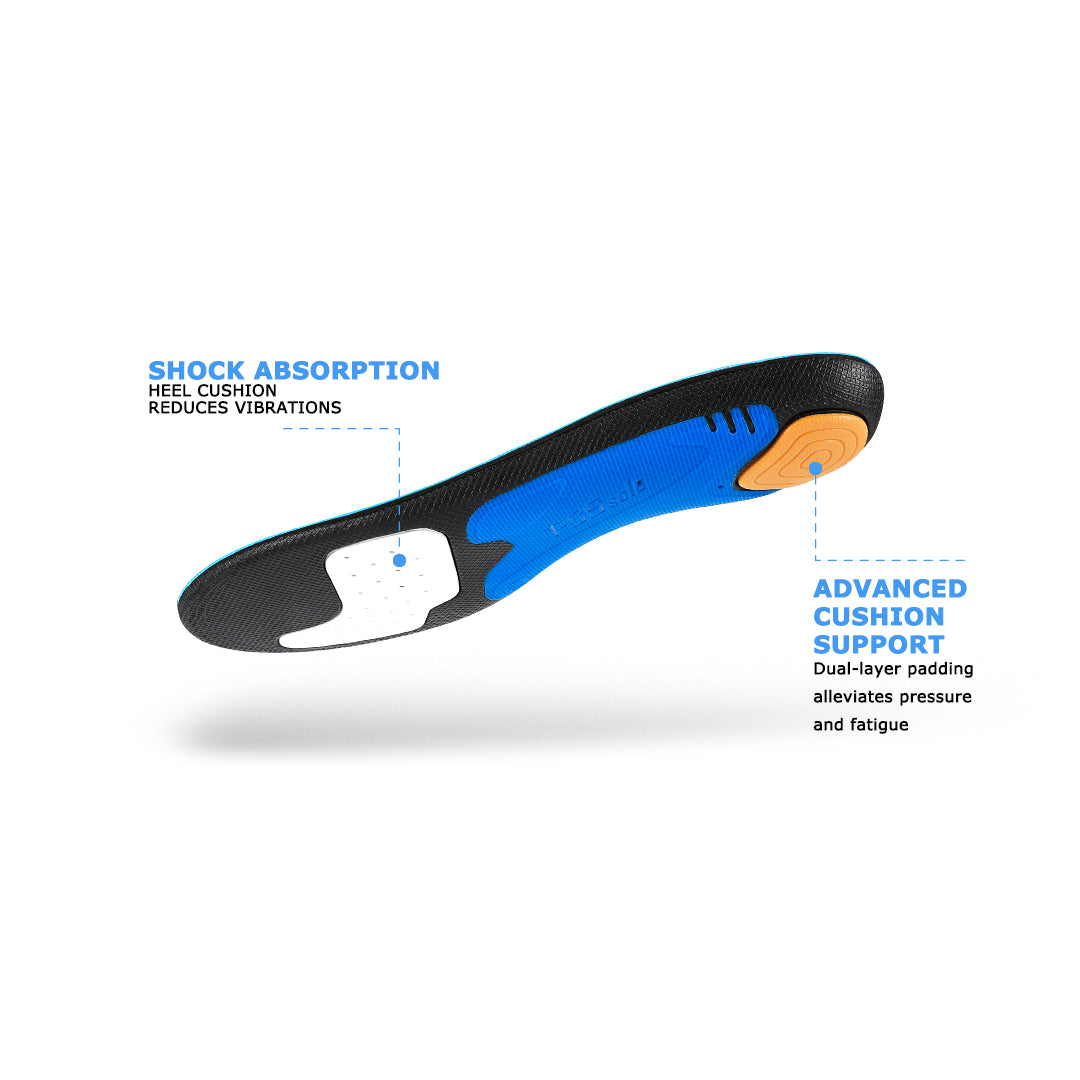
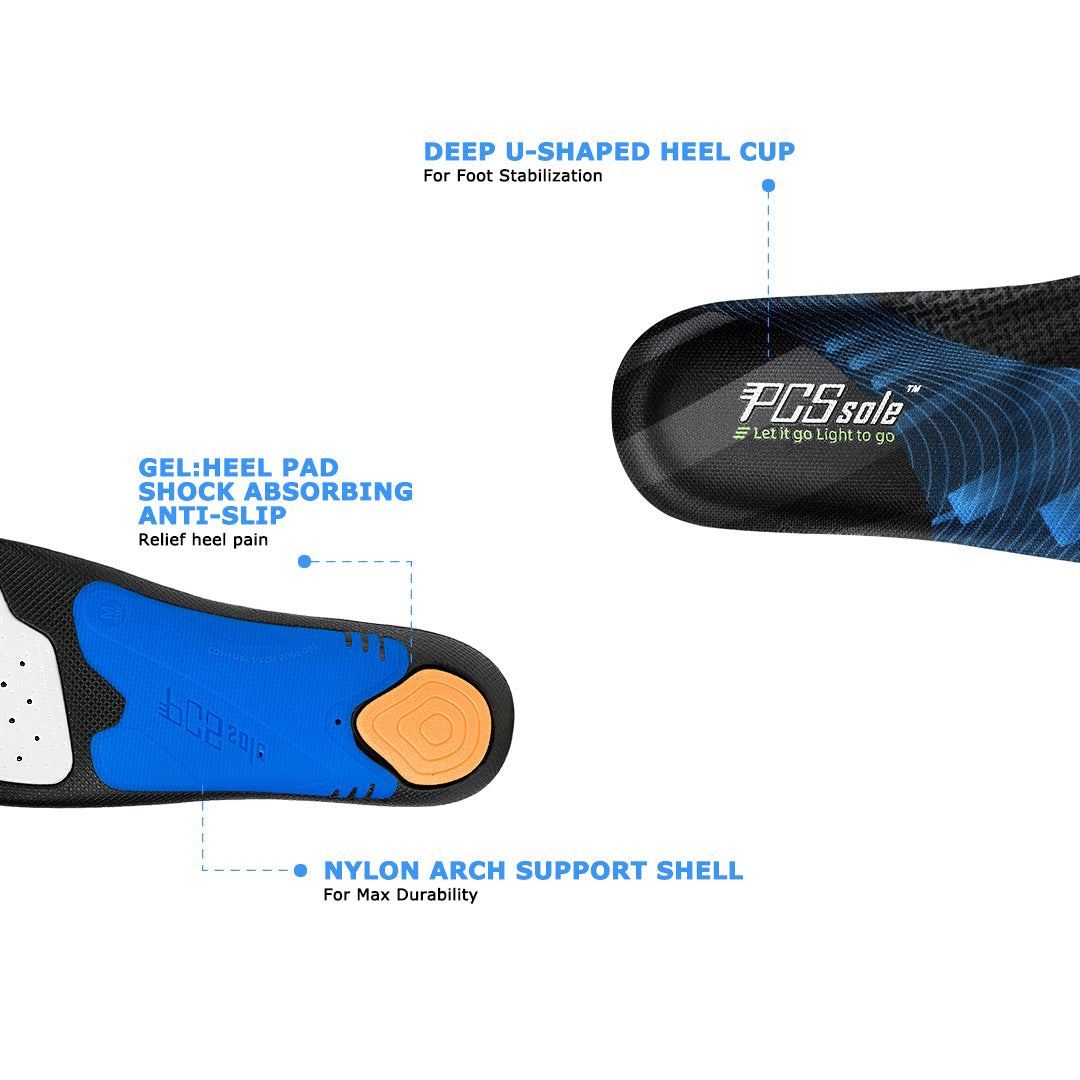
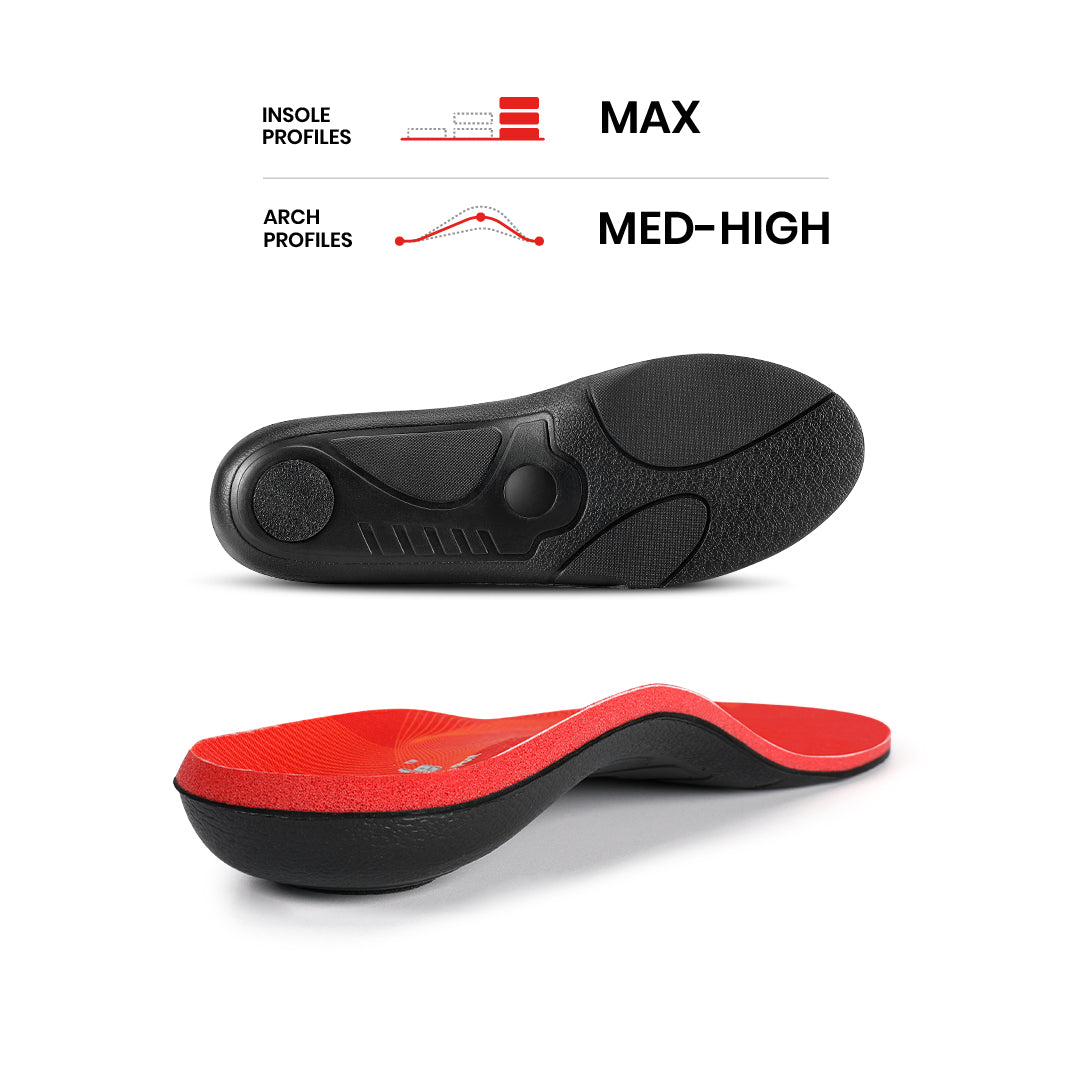


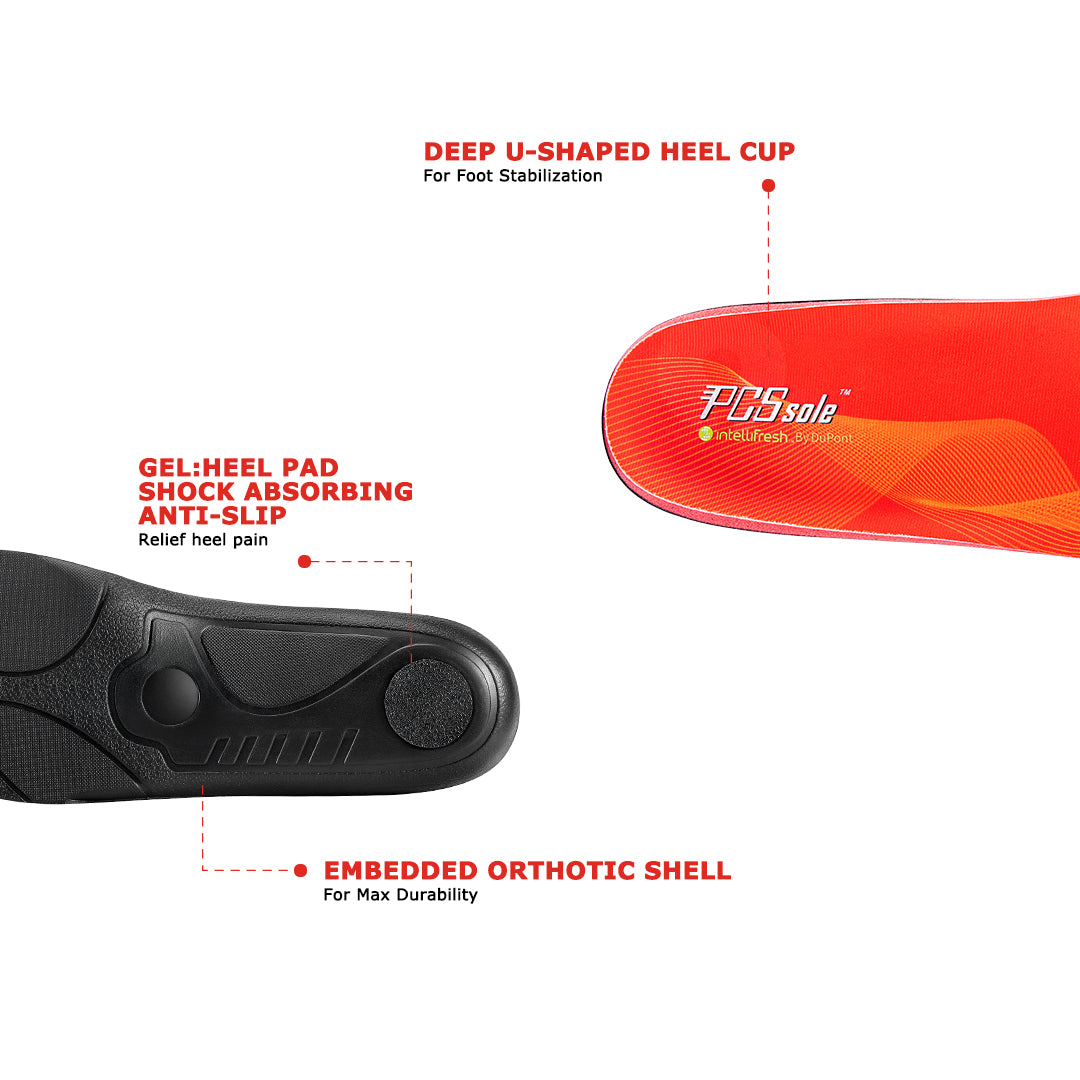
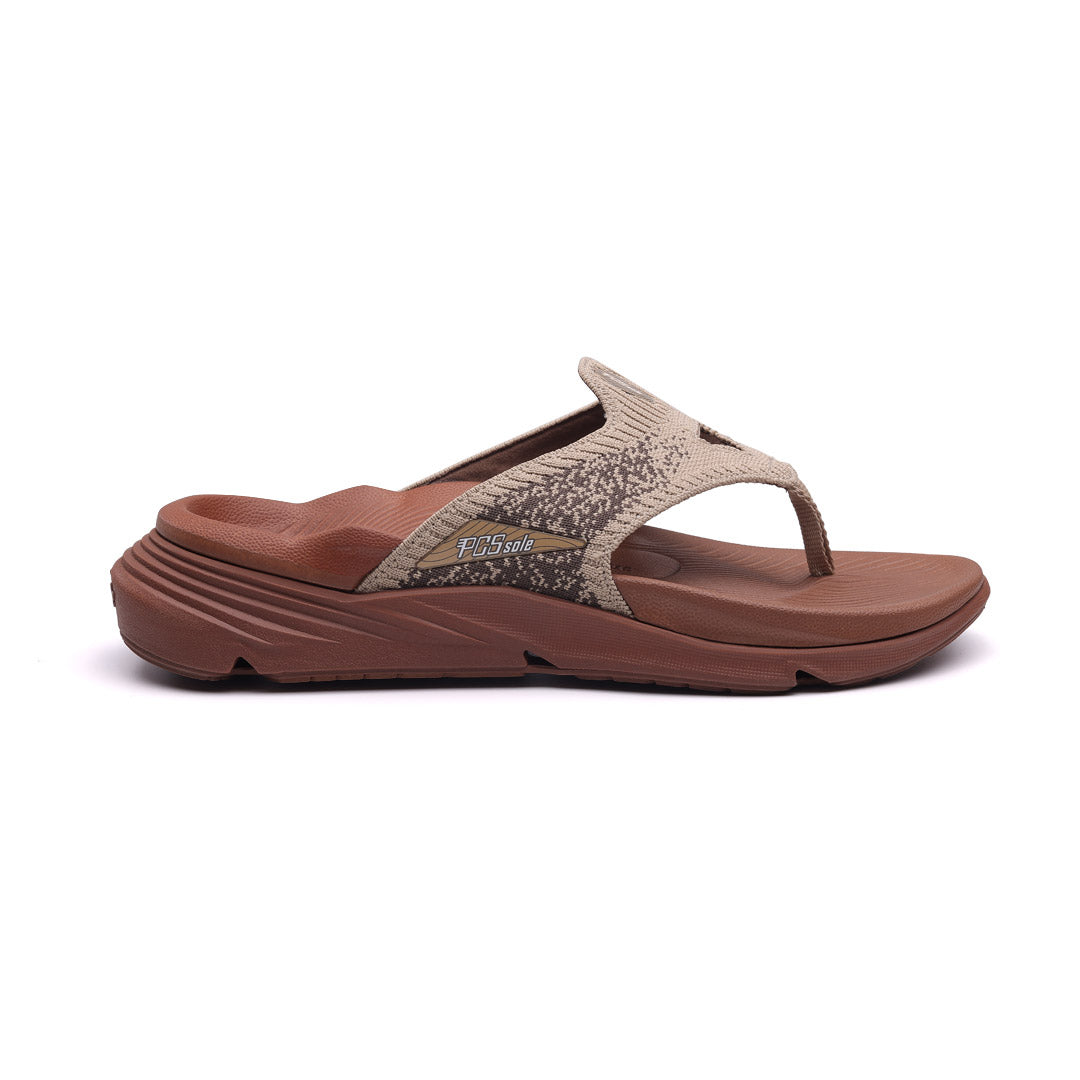


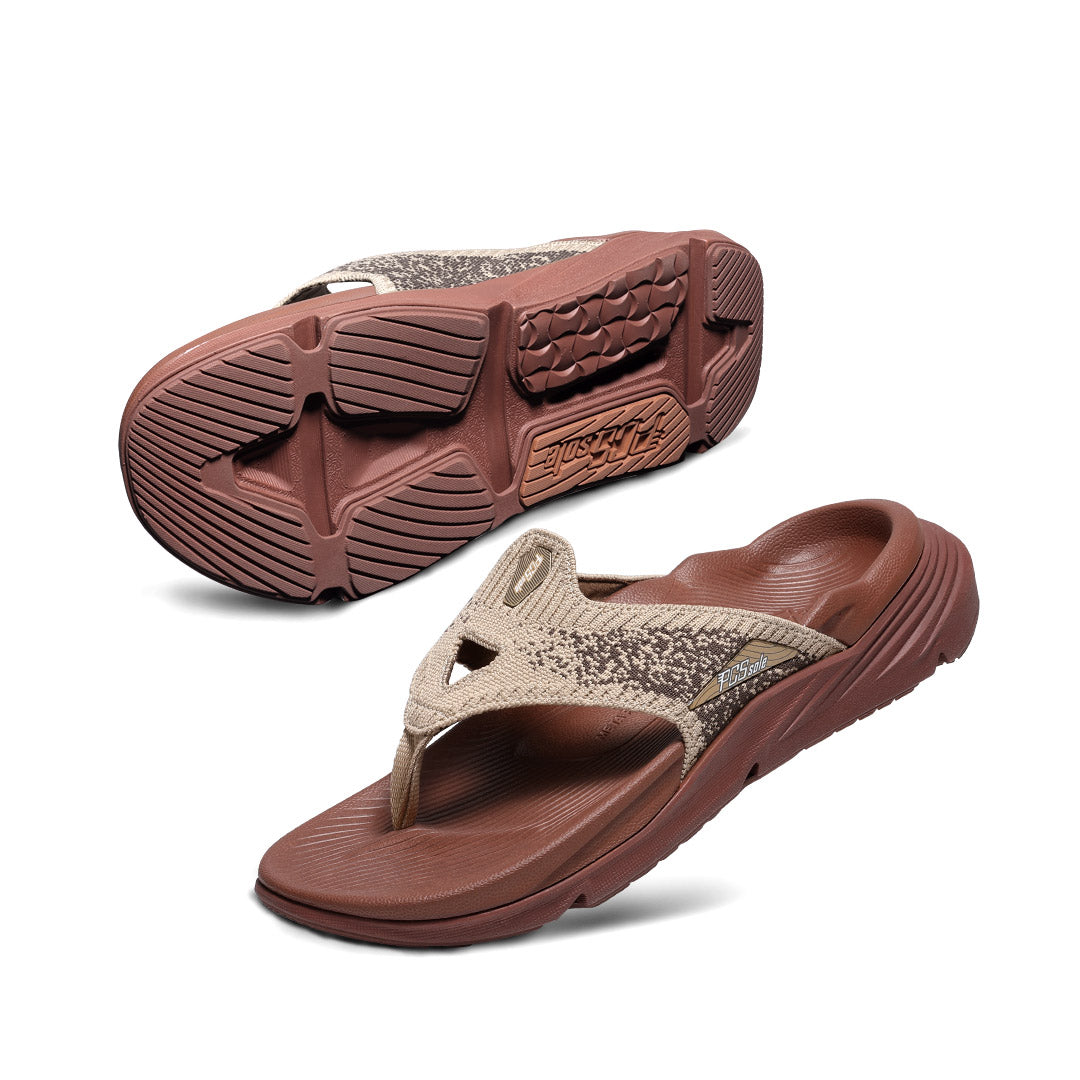
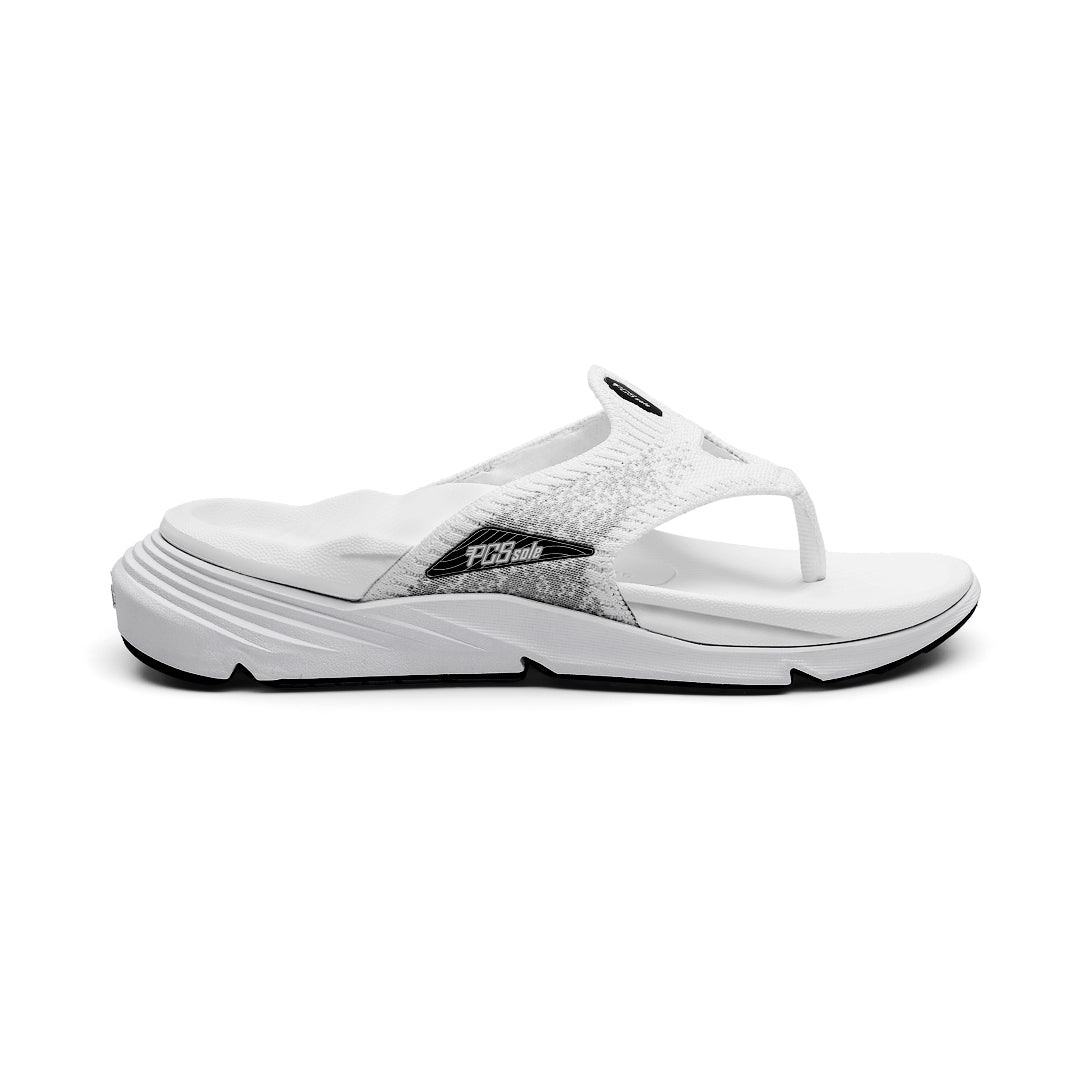

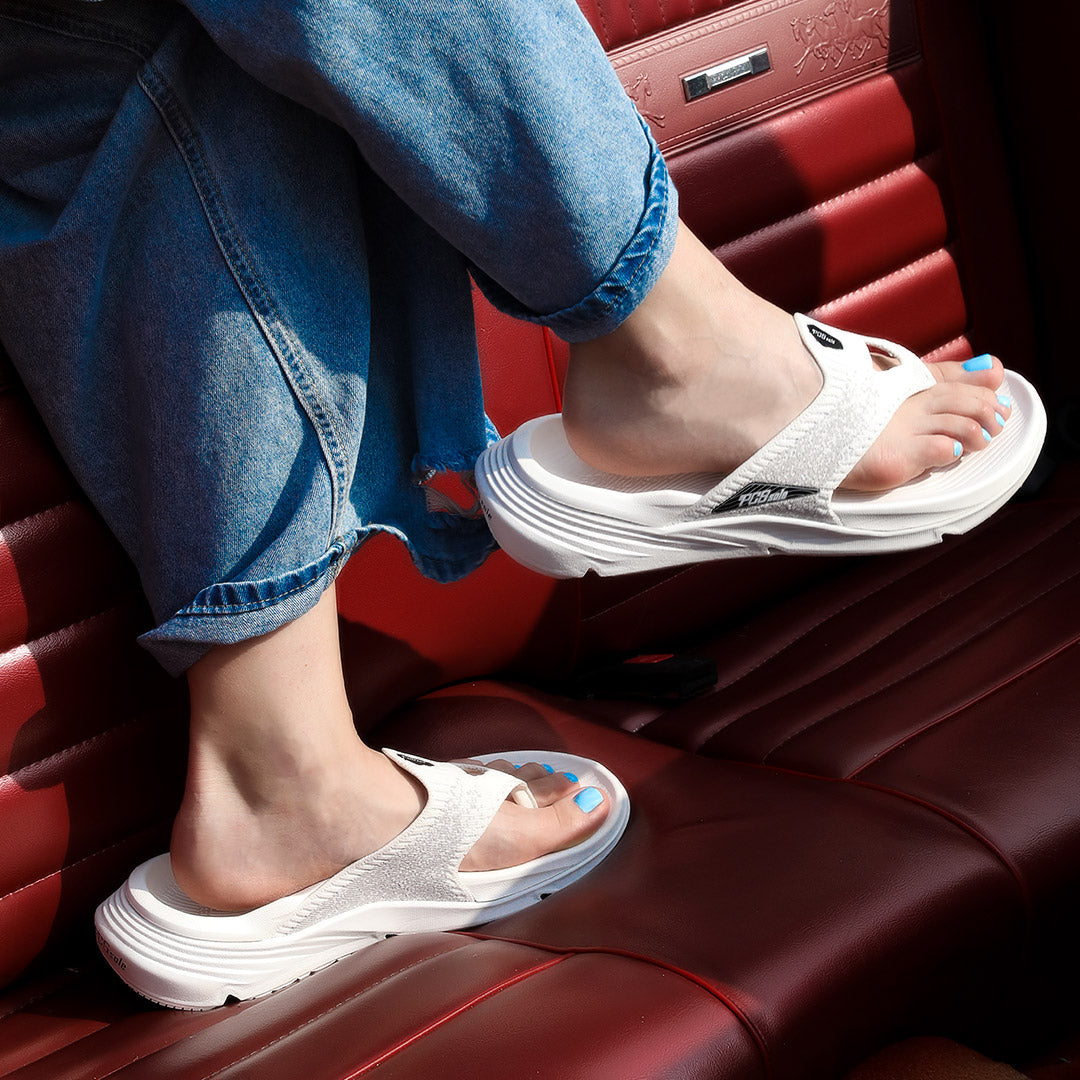
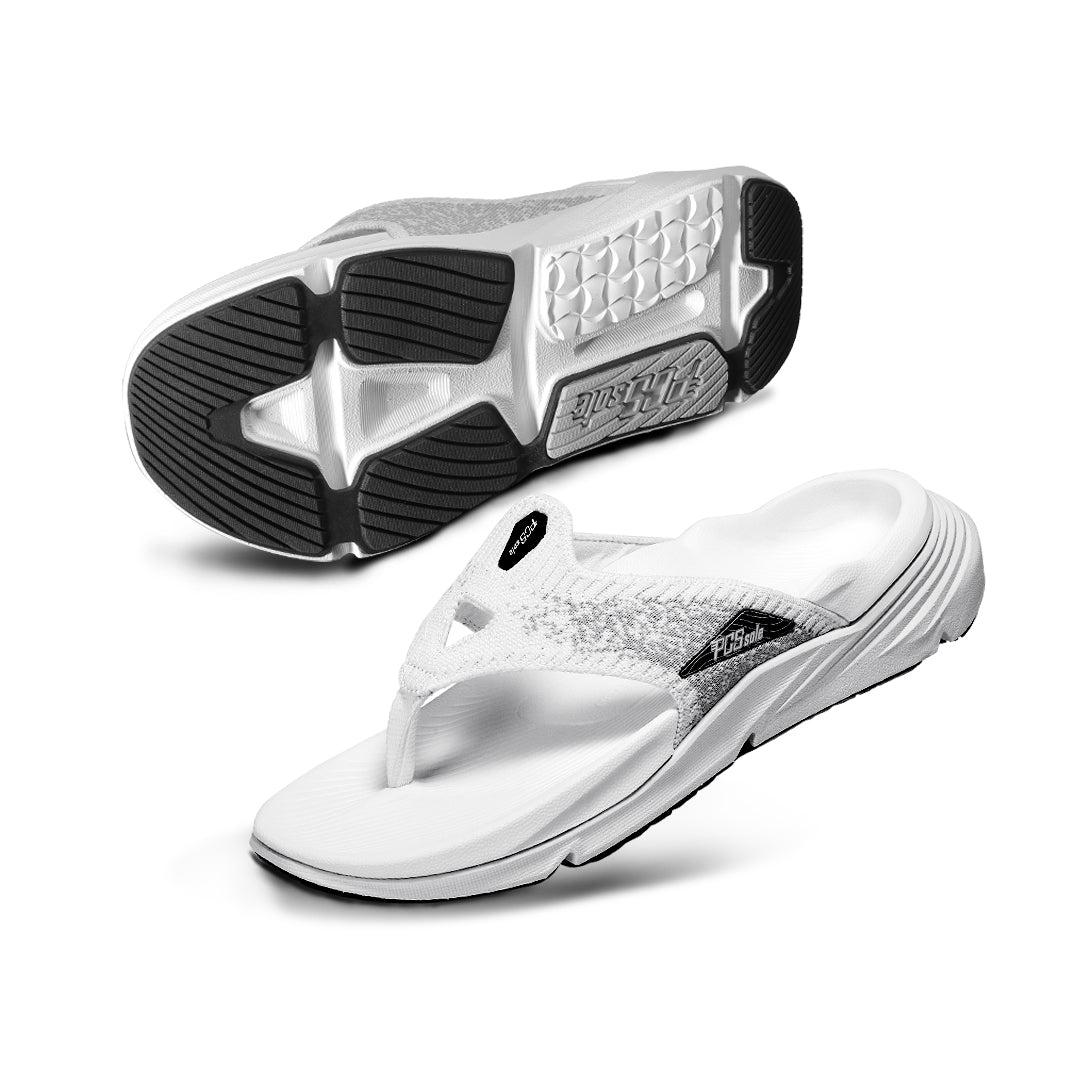
Aktie:
Serving, Kitchen & Scoring: Decoding 2025 Pickleball Rules
The Best Stretches: How to Stretch the IT Band Effectively